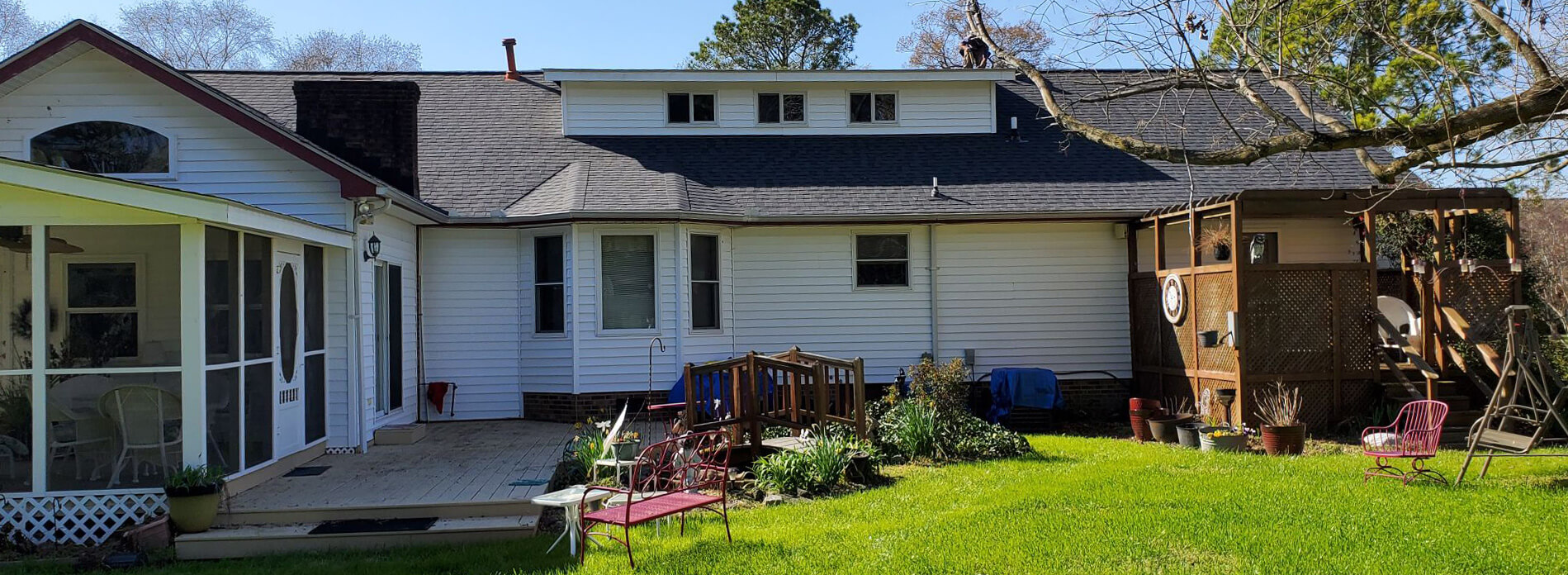If you’ve been hearing things going “bump” in the night lately, it’s safe to say it’s probably a critter in your attic rather than something paranormal.
In the cold, wet winter months, animals are more likely to try and take shelter in any warm, secluded area they can find. Often the place they’re most able to access and remain undisturbed is your attic. The problem (besides keeping you up at night) is that once they’ve taken up residence, they can cause a lot of damage to the interior and exterior of your home.
Common Attic Critters in Hampton Roads
One of the most common yet unwelcome attic residents in Hampton Roads homes are squirrels. Dexterous and able to climb and jump quite high, squirrels can find it easy to access your attic if certain precautions or repairs are not taken.
“Roof rats” are another common intruder – often looking to either make a nest or find materials for their nest elsewhere. Loose, blown-in insulation is paradise for a pack of roof rats looking for a warm, cozy place to wait out the winter.
It’s also not unheard of for raccoons to make their way into attics when homes are near large trees or wooded areas, as many in the Tidewater region are. Even birds have been known to enter attics through open vent holes or even ventilation fans.
How Are They Getting In?
In some homes, there may be small holes at roof eaves meant for ventilation, but also perfect for allowing in small vermin. Rats and even squirrels are capable of chewing at eave shingles to enlarge any opening they may find. Sometimes a vent cover can break, fail or fall out, creating easy access for any animal looking for a new residence. Persistent pests may even pull back loose flashing or fascia to enter a home.
All of these scenarios are more likely when a home has trees close to the roofline, however roof rats are capable of entering a home even by climbing up a brick exterior to an entry point, or traveling through the walls, so don’t assume that you’re in the clear if you’re not in a wooded area.
What to Look For
In addition to noises you may hear – especially at night when nocturnal animals are up and about, there are some physical signs you should keep an eye out for. Check your attic space for animal droppings on a regular basis. If you see any wires or ductwork that look chewed or damaged, an animal has likely found an entry point. From the exterior, look for loose flashing, missing vent covers, ventilation holes at eaves, missing fascia or shingles that look chewed up or damaged. Birds’ nests in your gutters or eaves are also a sign they may be getting inside.
Potential Damage
Unwanted critters in your attic can cause a wide variety of damage. The entry point at which they accessed the attic is likely damaged in some way – either by the animal forcing their way in, or by some other means which has then allowed them easier access. Wiring and ductwork can be chewed up and rendered useless. Insulation may be moved around so it is not acting as efficiently as it should, or it may be missing, have gaps or be damaged in some way from nesting. Shingles, fascia and even roof decking may be damaged if an animal forced their way in. And of course, any personal items you keep stored in your attic may be damaged or destroyed.
What You Can Do
If you do have any type of unwanted animal in your home, the first step is to get it out. There are many local companies who do humane animal removal and relocation. For roof rats and other vermin, a pest company may need to set baits and traps, and remove those before going forward. Any repair work you do before identifying and removing the cause of the damage will likely be in vain, as the animal may undo the work trying to chew their way back out.
Once the unwelcome guests are gone, then it’s time to identify how they have been accessing your home. Repairs and improvements to prevent their return can include adding wire mesh or metal over fascia or ventilation holes, repairing or replacing vent covers, replacing any damaged decking, shingles or flashing.
Having your roof maintained and inspected on an annual basis with a licensed roofing company is a great way to identify any possible issues and avoid potential damage caused by unwelcome critters. At Andrews Roofing, we provide roof maintenance services to clients all across the Hampton Roads region. Whether it’s storm damage or a pesky rodent, we can identify the issue before it becomes a major problem, saving you money and hassle down the line. Contact us today for your home’s roof inspection or repair.
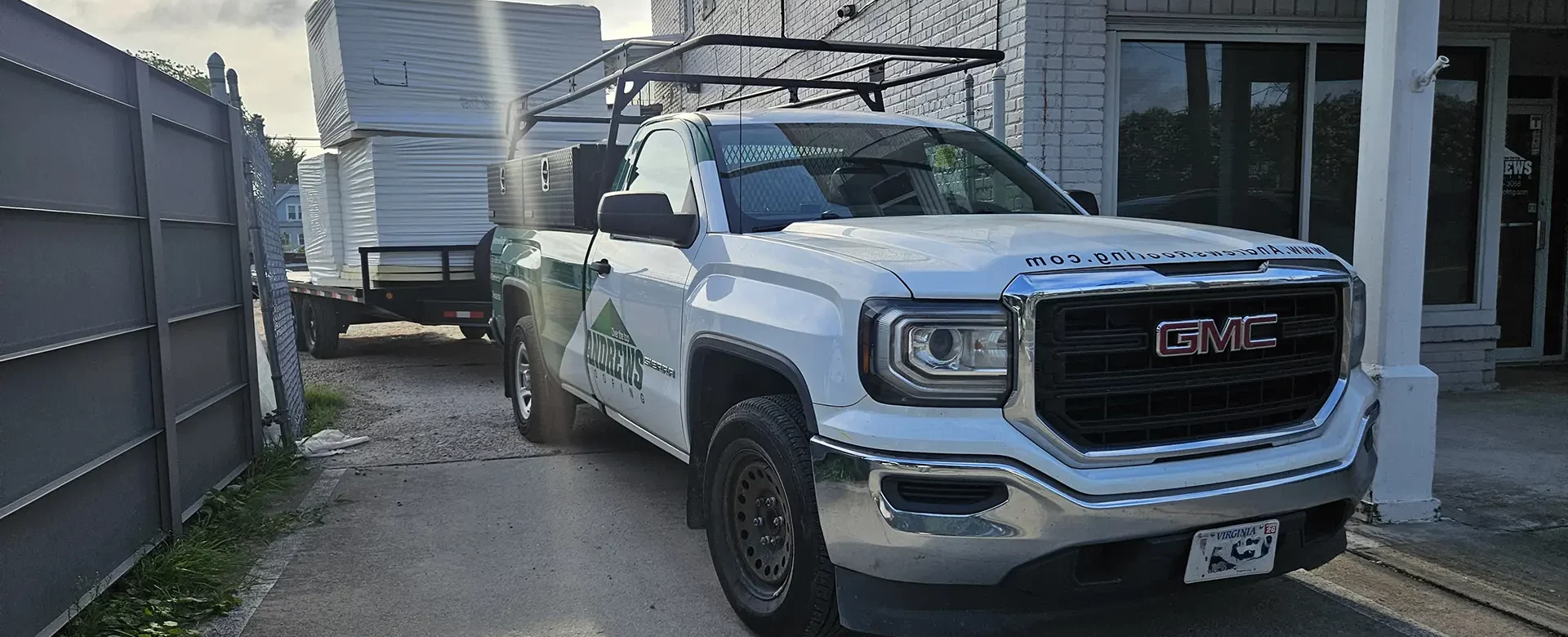


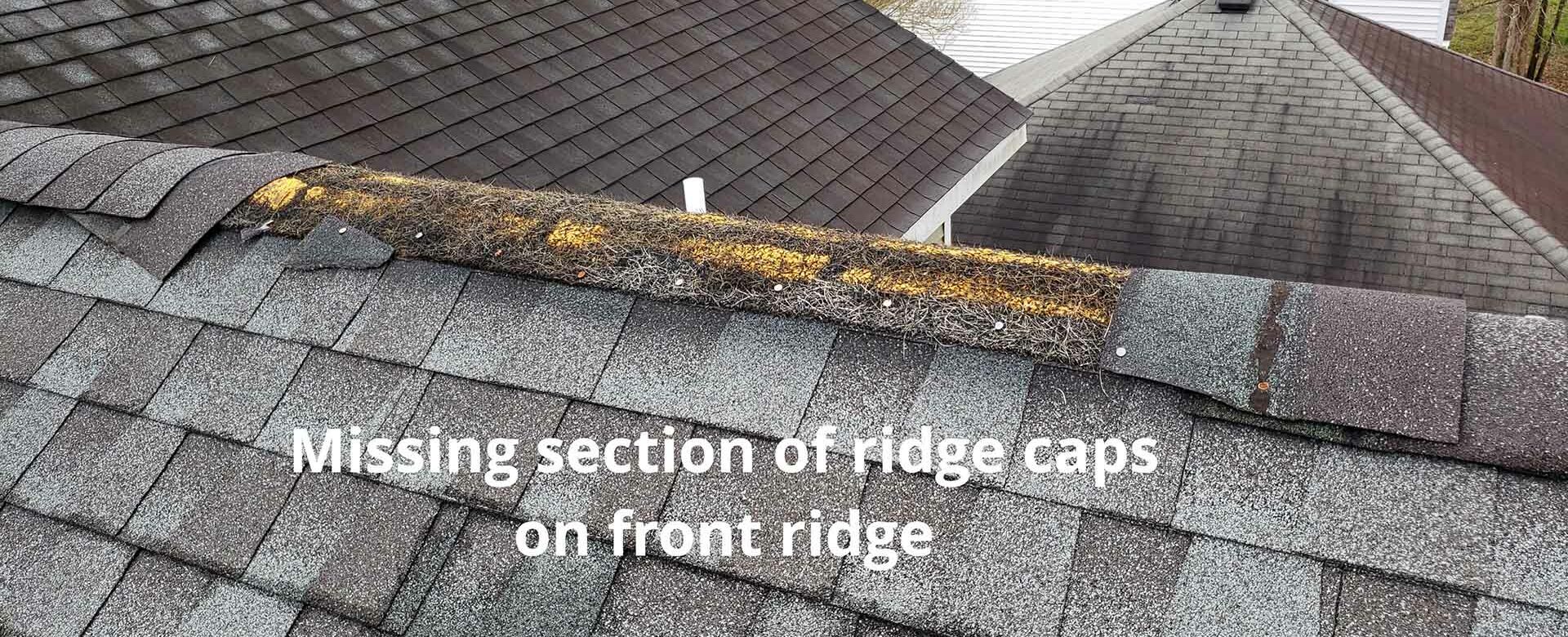
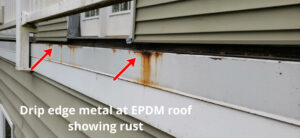
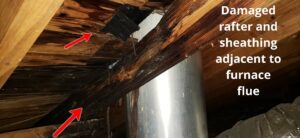

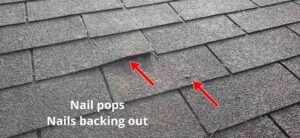


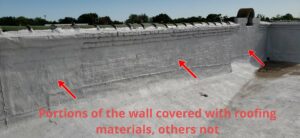

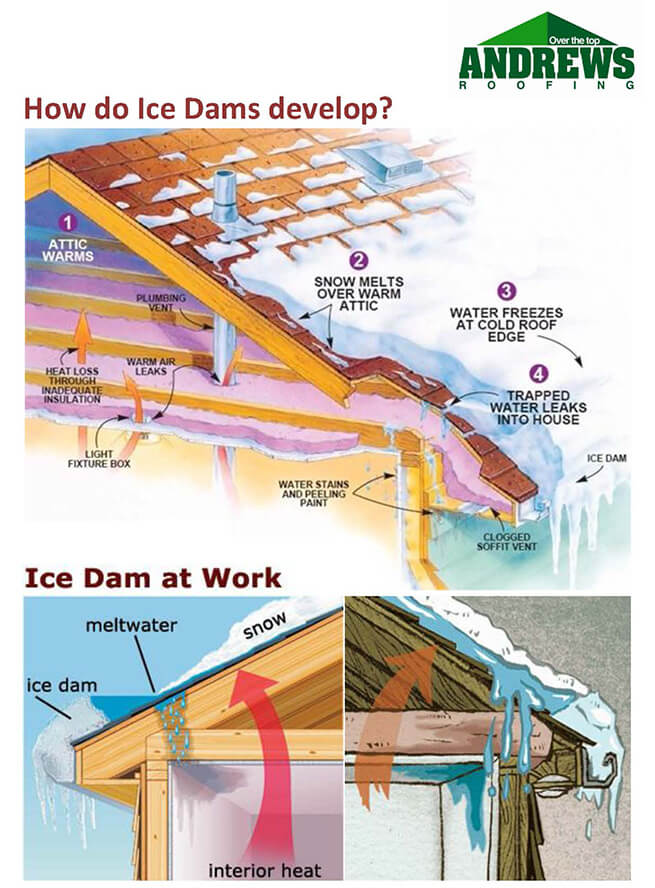 With all the recent winter weather Hampton Roads has been experiencing, you may be noticing new issues arising with your house that you don’t normally have to deal with. You’ve probably had to shovel snow from your driveway or walkways, and you may have needed to drip your faucets to avoid pipes freezing. But there’s also something you should be aware of with your roof during inclement winter weather, and it’s called “ice damming.”
With all the recent winter weather Hampton Roads has been experiencing, you may be noticing new issues arising with your house that you don’t normally have to deal with. You’ve probably had to shovel snow from your driveway or walkways, and you may have needed to drip your faucets to avoid pipes freezing. But there’s also something you should be aware of with your roof during inclement winter weather, and it’s called “ice damming.”